GPCR/G protein

All GPCRs share a common seven trans-membrane structure. GPCRs are associated with heterotrimeric G-proteins which are GTP-binding proteins made of alpha, beta, and gamma subunits. When a ligand binds to GPCR, it activates the attached G-protein, the GDP is replaced with GTP. The activated G-protein then dissociates into an alpha and a beta-gamma complex which activates downstream signaling pathways. These intracellular signaling pathways include cAMP/PKA, calcium/NFAT, phospholipase C, protein tyrosine kinases, MAP kinases, PI-3-kinase, nitric oxide/cGMP, Rho, and JAK/STAT.
GPCRs are one of the most important therapeutic targets for various diseases, over 30% of all modern medicinal drugs target this family. Aberrant GPCR functions are involved in pathological conditions such as neurological, immunological and hormonal disorders. A large number of GPCRs have been identified, but whose ligands are not known, are classified as orphan receptors.
-
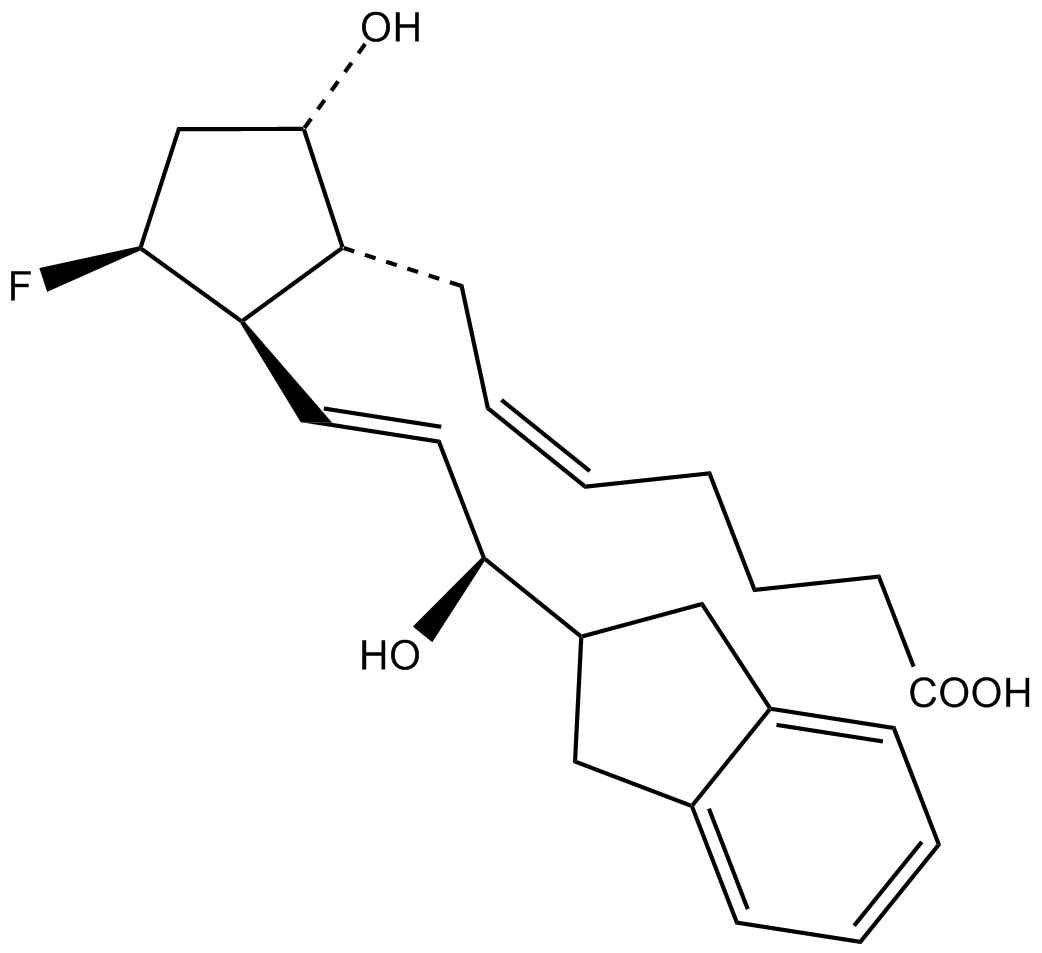 B4575 AL 8810Target: prostaglandin FP receptorSummary: Antagonist of prostaglandin F2α (FP) receptor.
B4575 AL 8810Target: prostaglandin FP receptorSummary: Antagonist of prostaglandin F2α (FP) receptor. -
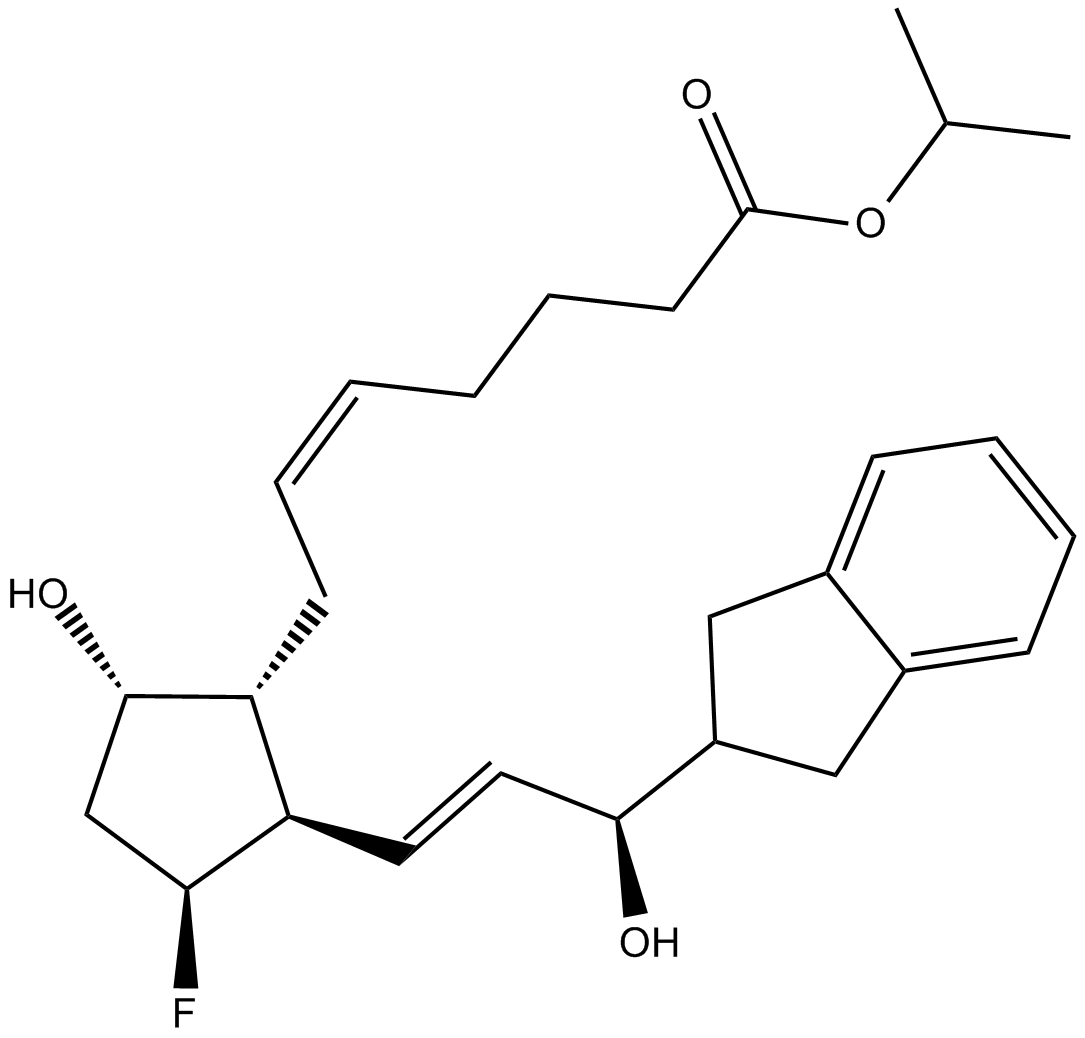 C3240 AL 8810 isopropyl esterSummary: lipid soluble, esterified prodrug form of AL 8810, a FP receptor antagonist
C3240 AL 8810 isopropyl esterSummary: lipid soluble, esterified prodrug form of AL 8810, a FP receptor antagonist -
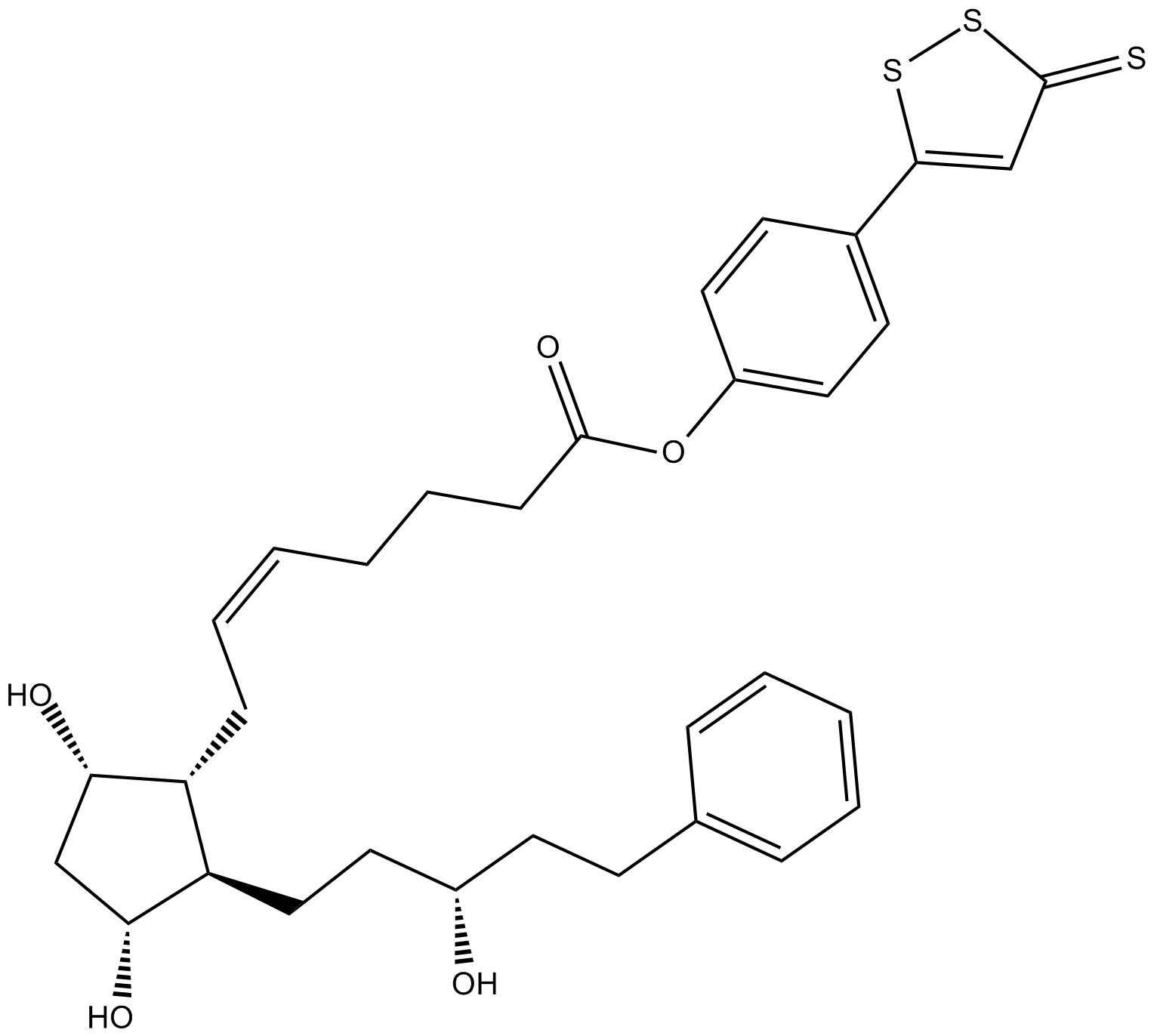 C3246 ACS 67Summary: analog of latanoprost (free acid),prostaglandin (PG) analog
C3246 ACS 67Summary: analog of latanoprost (free acid),prostaglandin (PG) analog -
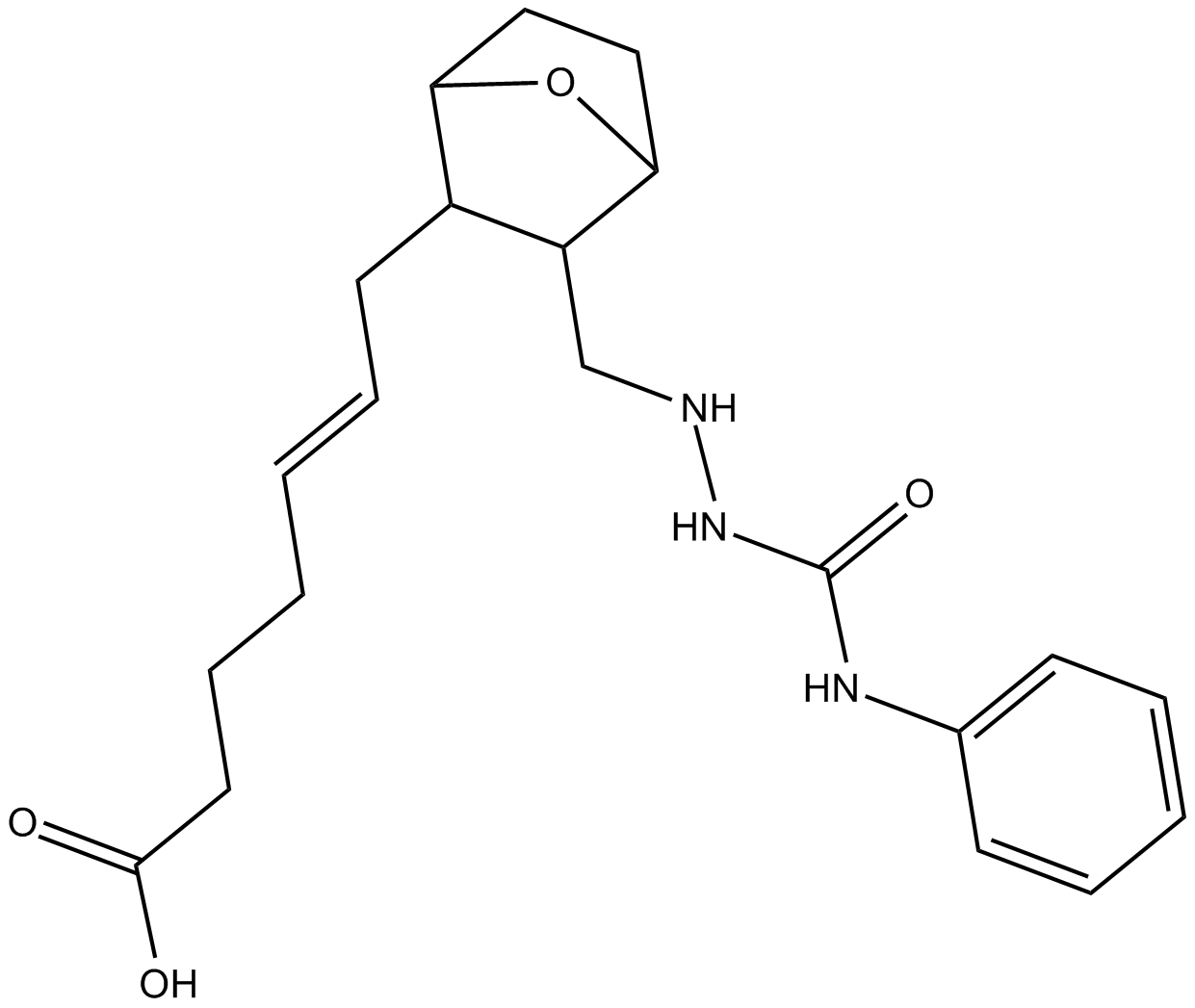 C4237 SQ 29,548Summary: TP receptor antagonist
C4237 SQ 29,548Summary: TP receptor antagonist -
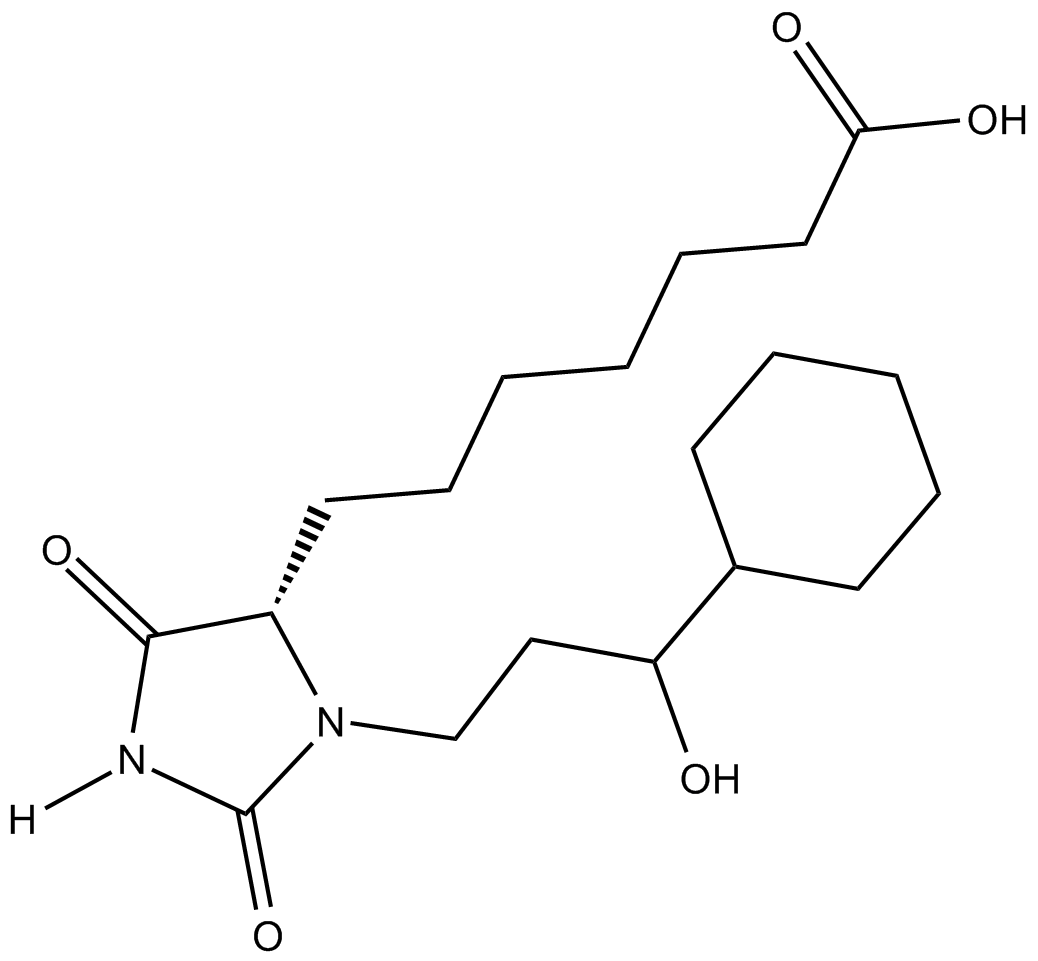 C3027 BW 245CSummary: DP1 receptor agonist
C3027 BW 245CSummary: DP1 receptor agonist -
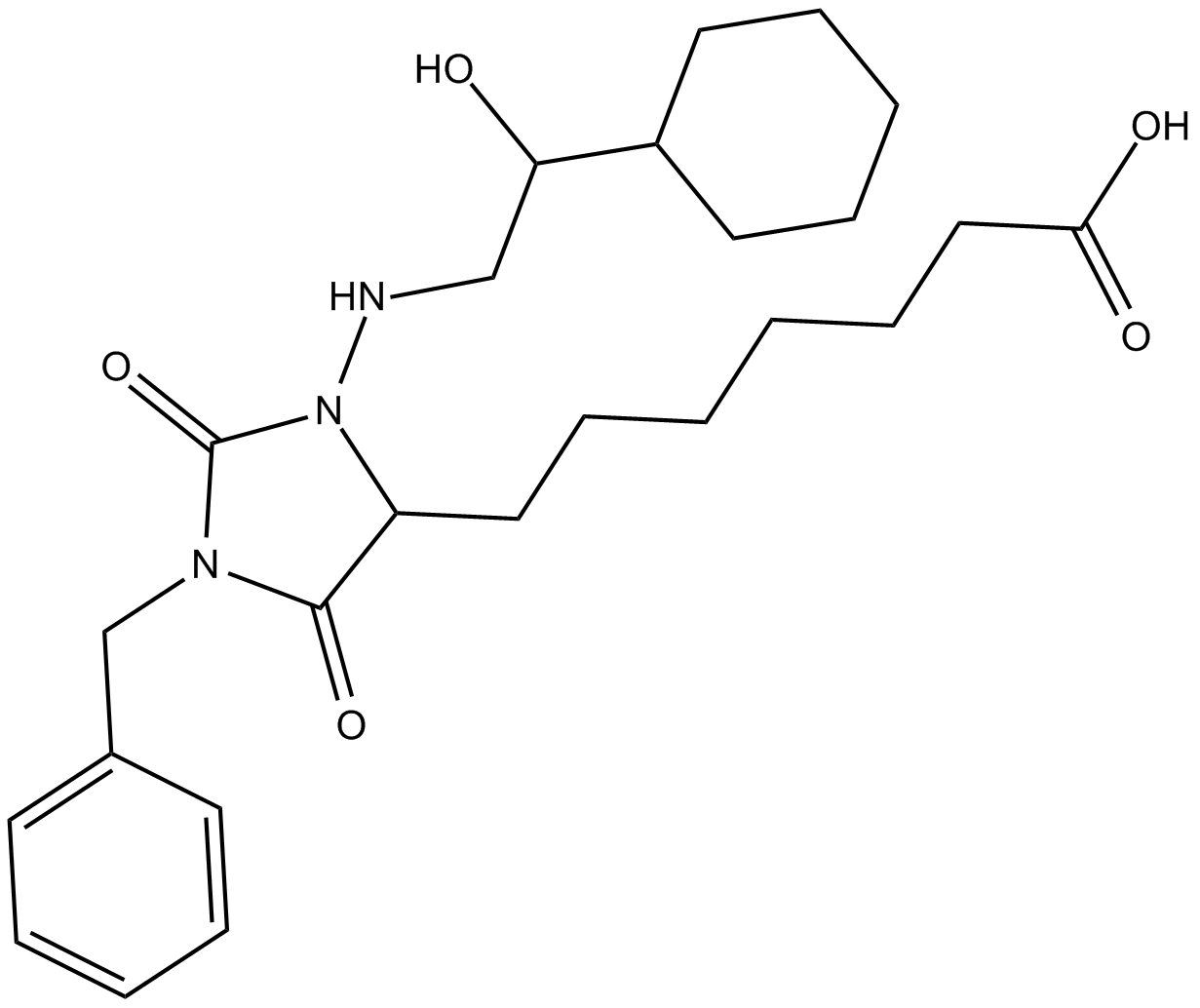 C3886 BW A868CSummary: prostaglandin D2 antagonist
C3886 BW A868CSummary: prostaglandin D2 antagonist -
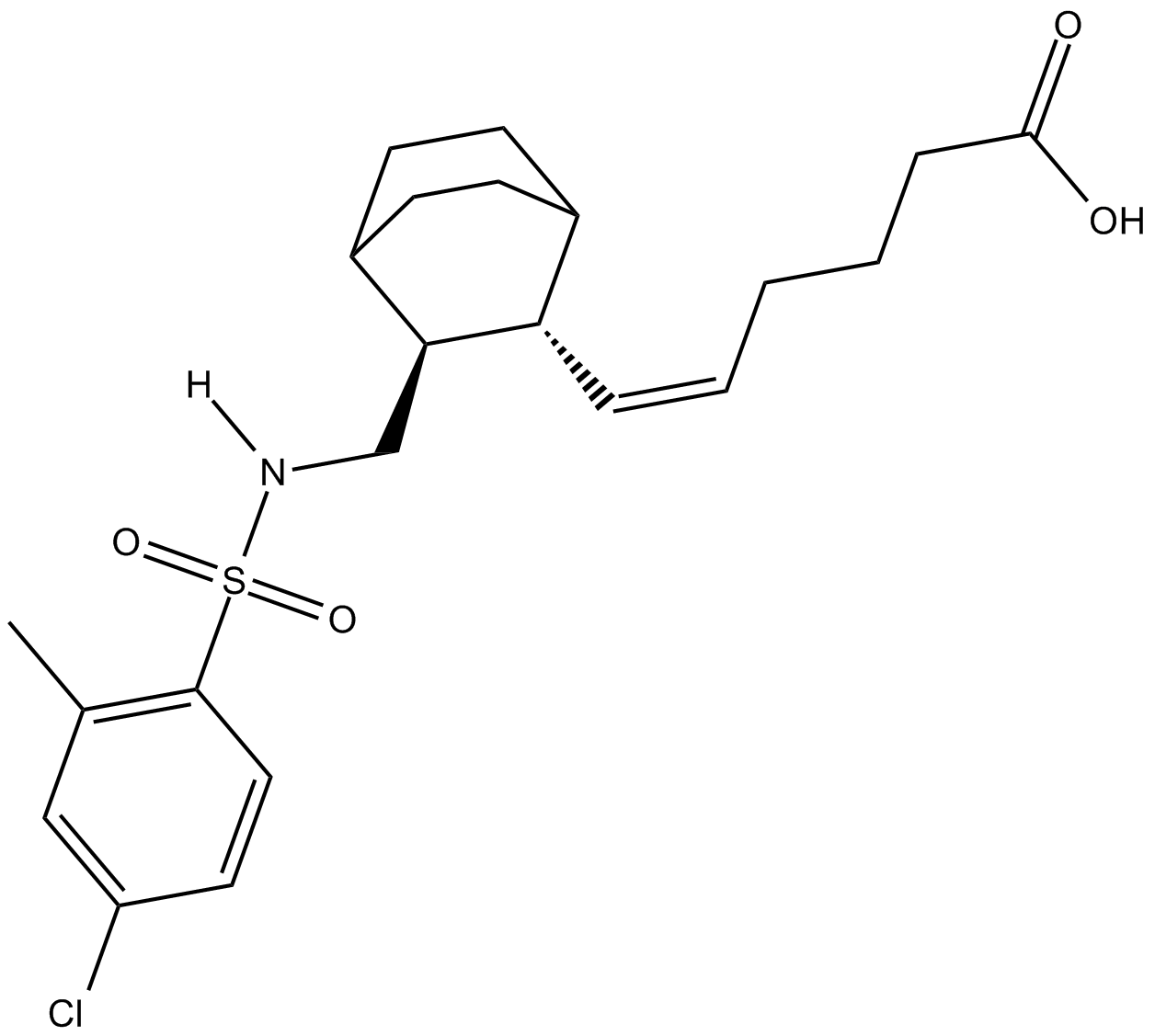 C3901 ONO-8711Summary: EP1 receptor antagonist
C3901 ONO-8711Summary: EP1 receptor antagonist -
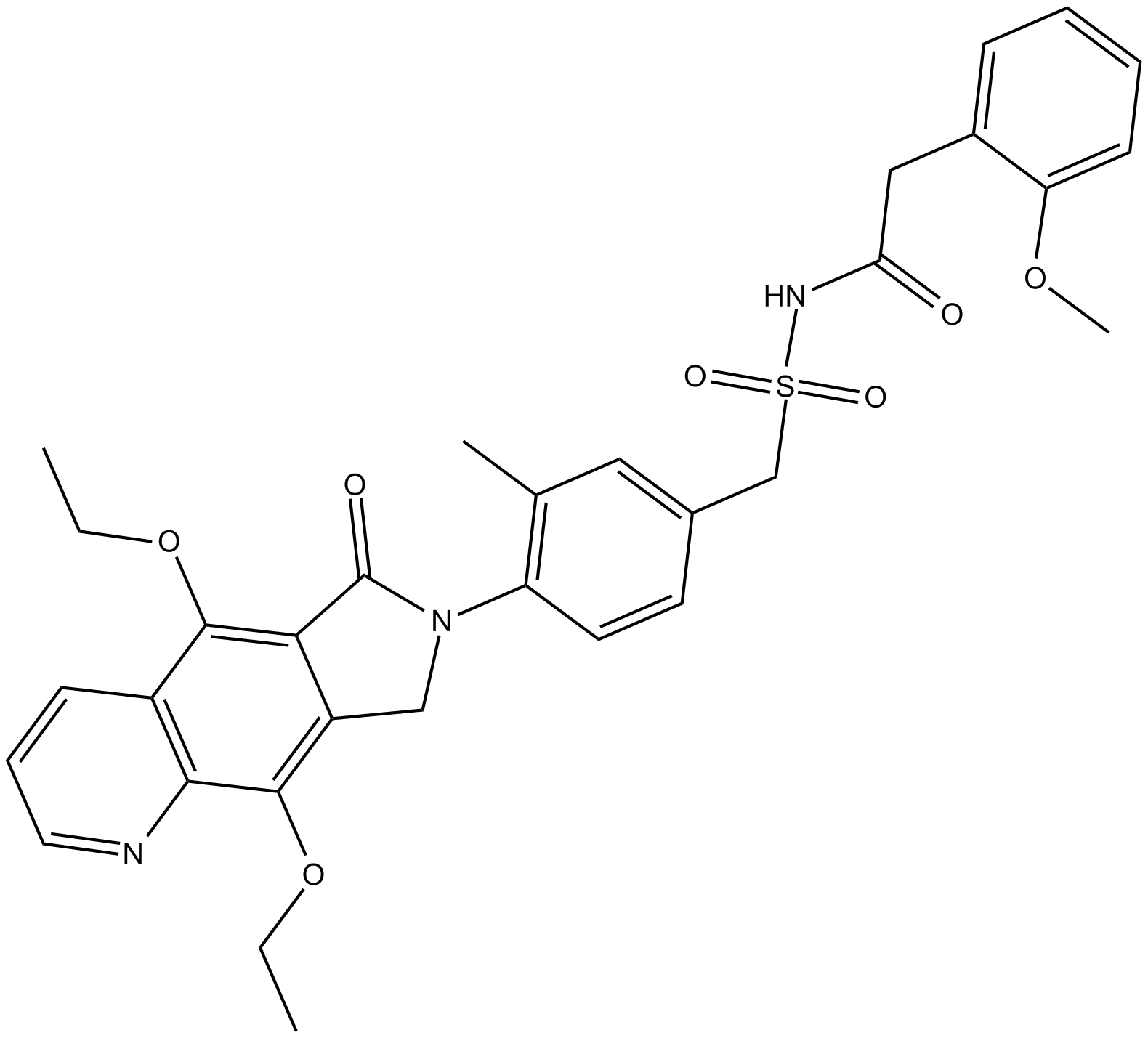 C3928 MF498Summary: EP4 receptor antagonist
C3928 MF498Summary: EP4 receptor antagonist -
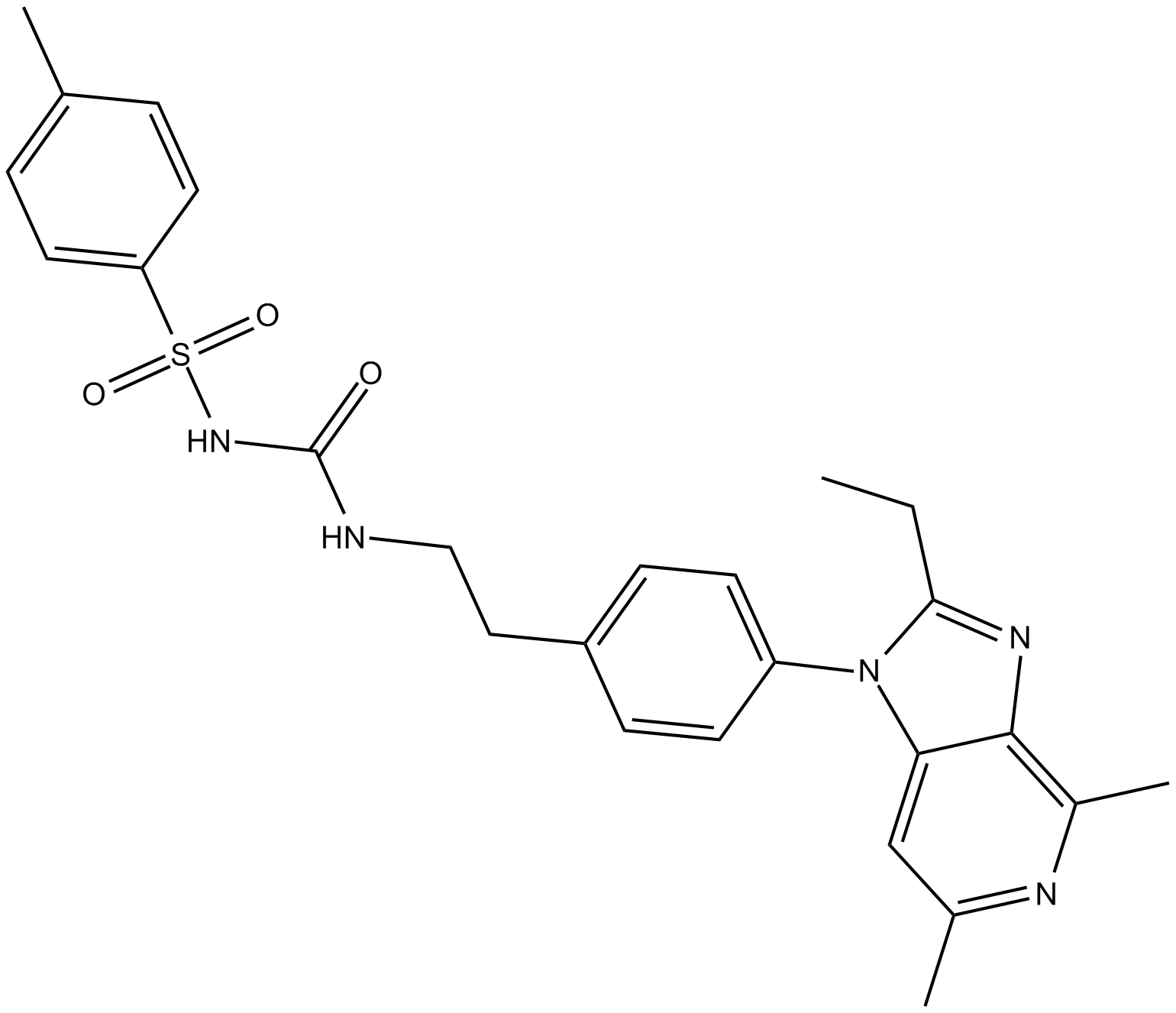 C3640 CJ-023423Summary: EP4 receptor antagonist
C3640 CJ-023423Summary: EP4 receptor antagonist -
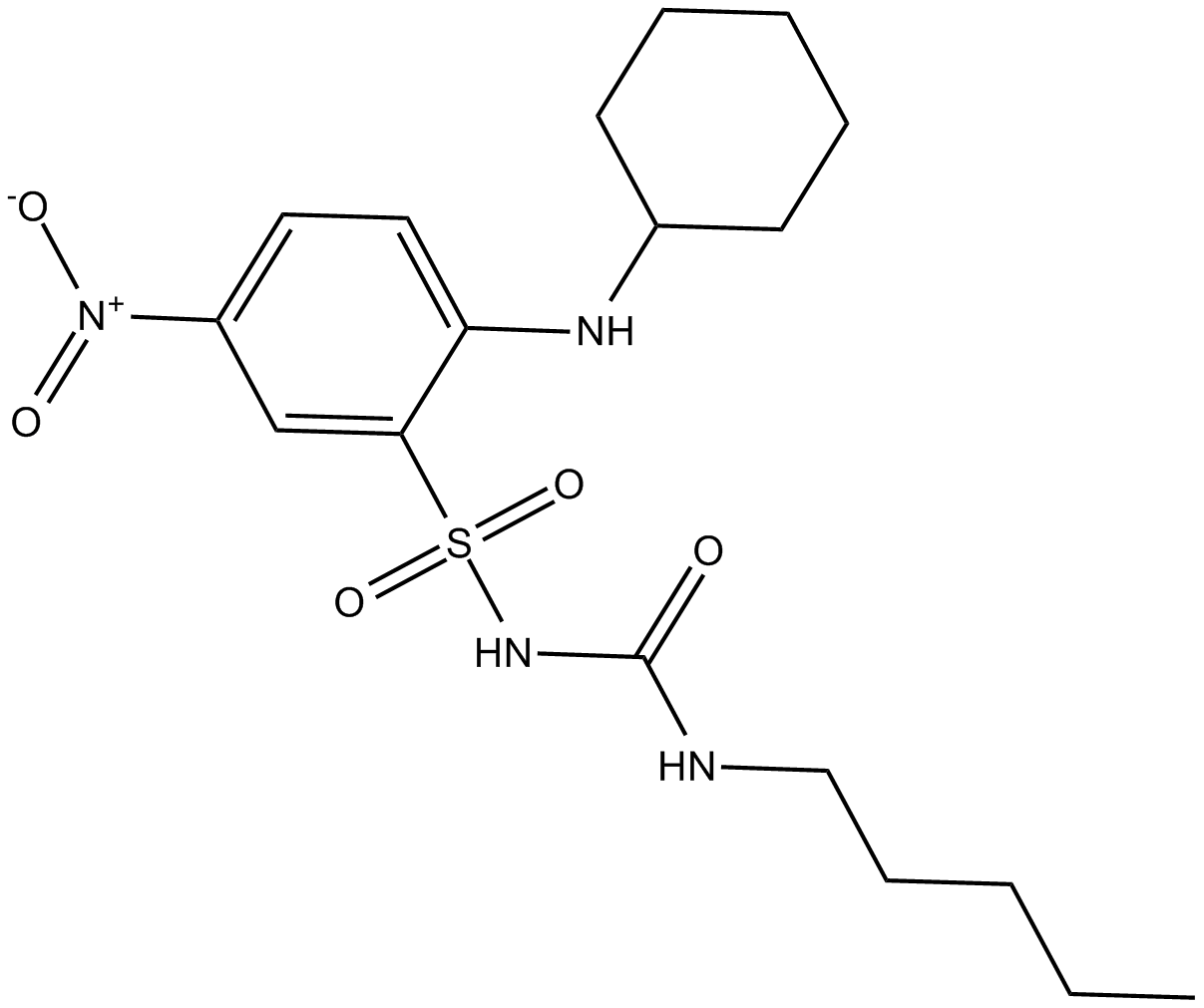 C3695 BM 567Summary: dual acting antithrombogenic agent, acting as an inhibitor of thromboxane A2 (TXA2) synthase and as an antagonist of the TP receptor
C3695 BM 567Summary: dual acting antithrombogenic agent, acting as an inhibitor of thromboxane A2 (TXA2) synthase and as an antagonist of the TP receptor

